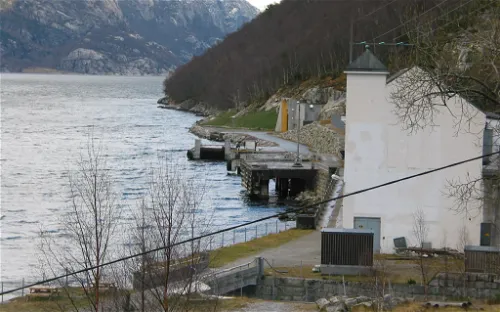Flørli krafstasjon and its collection
The Flørli Power Station is a hydroelectric power station situated on the shores of Lysefjord in the municipality of Sandnes in Rogaland, Norway. This location offers a unique blend of natural beauty and industrial history, making it an interesting destination for tourists.
Historical Significance of Flørli Power Station
Built in 1918, the Flørli Power Station was the first of its kind in Lysefjord and it supplied power to the city of Stavanger. This historical significance adds to the appeal of the site for visitors interested in the region's industrial past.
Unique Features of Flørli Power Station
The water supply for the Flørli Power Station was facilitated through two penstocks, alongside which a cabled railway and a wooden stairway with 4,444 steps were constructed. This stairway, one of the longest in the world, is a unique feature that attracts many tourists.
Science & Technology History & Anthropology Industrial heritage Railway
#125 History & Anthropology in Norway #51 Science & Technology in Norway #33 Industrial & heritage museums in Norway #9 Railway museums in Norway #119 Science & Technology in Scandinavia #51 Industrial & heritage museums in Scandinavia #10 Railway museums in Scandinavia #103 Railway museums in Europe

